Find Help
More Items From Ergsy search
-

1. Introduction to sepsis and serious illness
Relevance: 100%
-

Sepsis - a patient story
Relevance: 55%
-

Blood Poisoning - Sepsis
Relevance: 52%
-

NHS RightCare Scenario: Sepsis
Relevance: 50%
-

Can measles be serious?
Relevance: 32%
-

How serious is Rubella?
Relevance: 31%
-

Understanding and Managing Respiratory Illnesses in Families
Relevance: 30%
-

How serious is bacterial meningitis?
Relevance: 30%
-

An Introduction to Decompression Illness: Signs & Symptoms”. Dr Roland Armes
Relevance: 29%
-
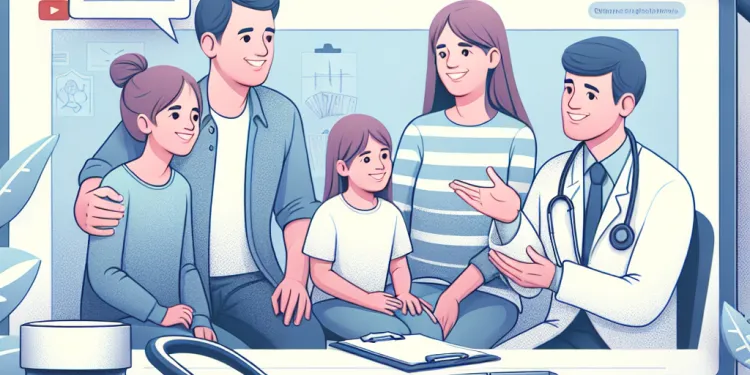
Managing Chronic Illness Within the Family
Relevance: 29%
-
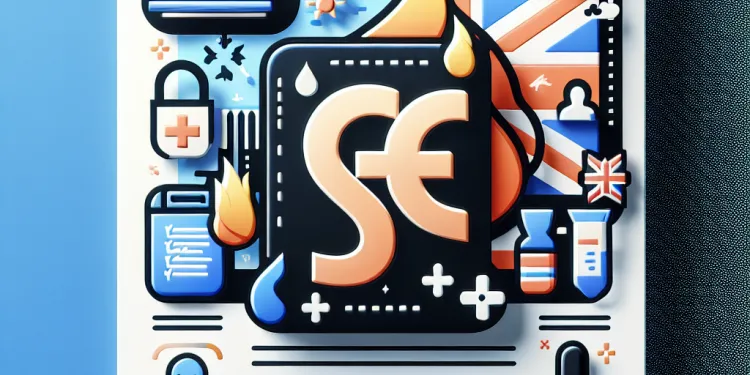
How can I prevent heat-related illnesses?
Relevance: 28%
-

Is asthma a serious condition?
Relevance: 28%
-

UK Sees Surge in Respiratory Illnesses as Weather Cools
Relevance: 27%
-
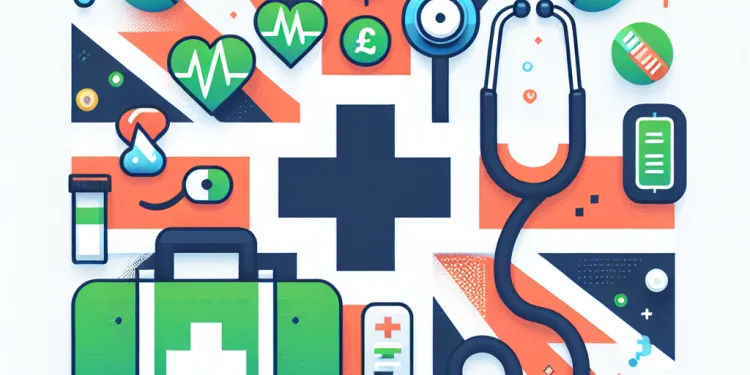
Can impetigo become serious?
Relevance: 27%
-

Who is at risk for severe illness from West Nile Virus?
Relevance: 27%
-

Is chronic fatigue syndrome a mental illness?
Relevance: 27%
-

Can Ozempic cause serious side effects?
Relevance: 26%
-

Dealing with Common Childhood Illnesses
Relevance: 25%
-

Are there any serious risks associated with Ozempic?
Relevance: 25%
-
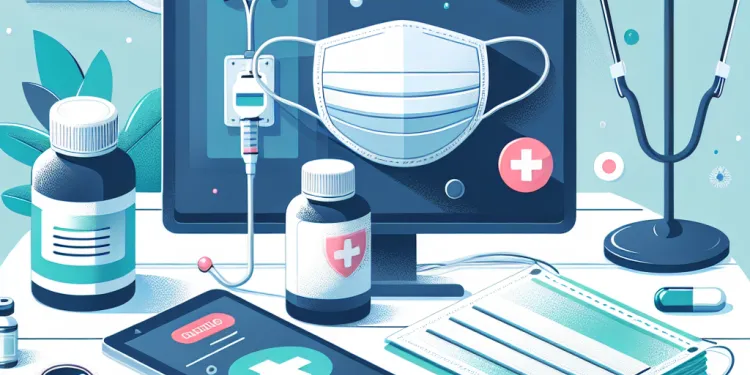
Latest Advice on Managing Respiratory Illnesses During Flu Season
Relevance: 24%
-
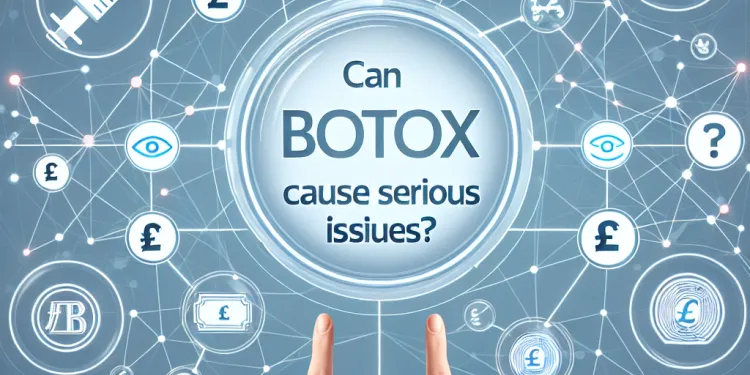
Can Botox cause serious health issues?
Relevance: 24%
-

NHS Pensions | How to Claim? | Ill Health, Active & Deferred Members
Relevance: 23%
-

What are the potential complications of appendicitis?
Relevance: 22%
-

Can H3N2 cause severe illness?
Relevance: 22%
-
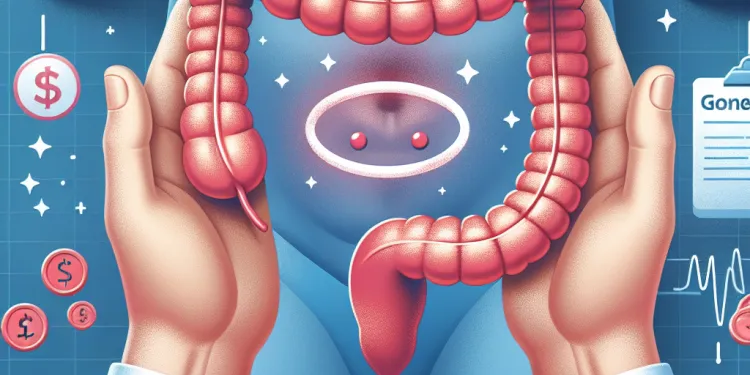
What happens if appendicitis is left untreated?
Relevance: 21%
-

What is West Nile Virus?
Relevance: 13%
-
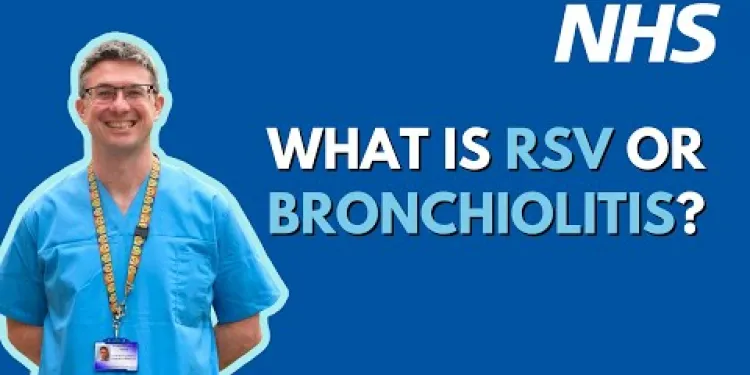
What is RSV (Respiratory Syncytial Virus) or bronchiolitis? UHL NHS Trust
Relevance: 11%
-

Group A strep: North East GP tells you what you need to know
Relevance: 11%
-

What symptoms should I watch for if I suspect a mosquito-borne disease?
Relevance: 11%
-
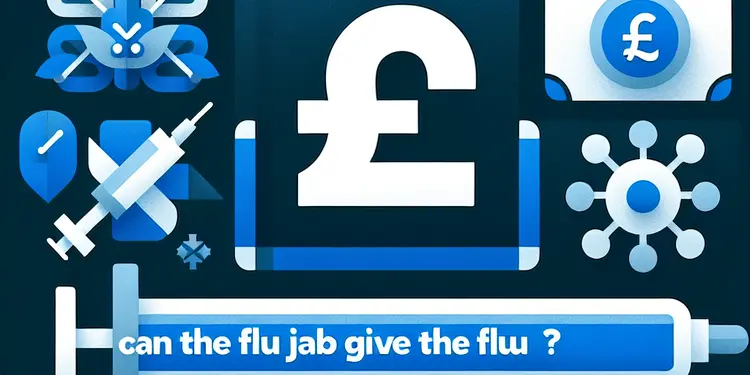
Can the flu jab give you the flu?
Relevance: 11%
-
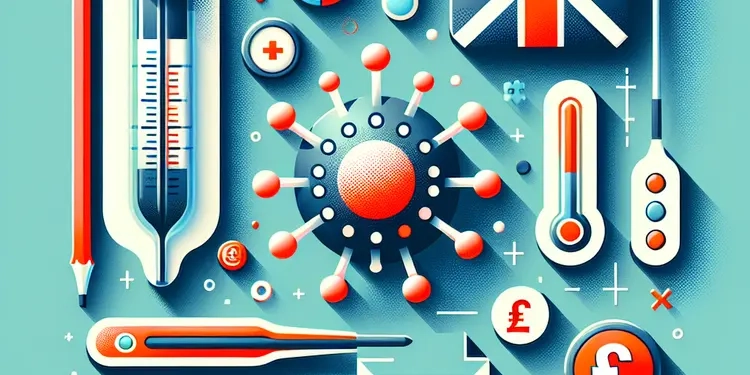
What is the H3N2 flu strain?
Relevance: 11%
-

What are the symptoms of West Nile Virus?
Relevance: 11%
-

What are the complications of chickenpox?
Relevance: 10%
-

Common health questions about chickenpox | NHS
Relevance: 10%
-

Why do vaccinated people sometimes still get sick?
Relevance: 10%
-

Is it safe to exercise outside during a heatwave?
Relevance: 10%
-

Can staying in a car during a heatwave be dangerous?
Relevance: 10%
-

What is Rubella?
Relevance: 10%
-

Is Chikungunya fatal?
Relevance: 10%
-
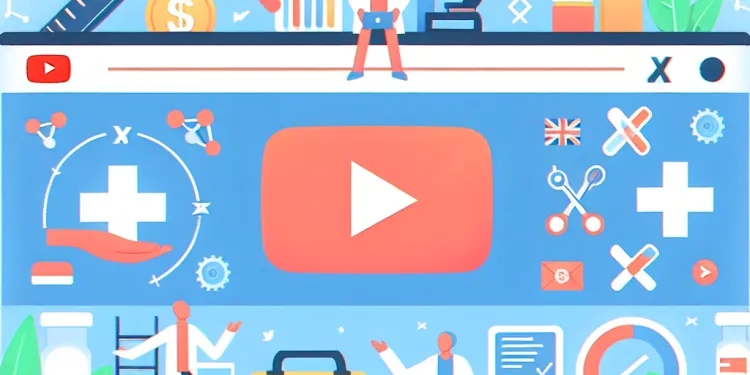
Can measles cause complications?
Relevance: 9%
Introduction to Sepsis and Serious Illness
Understanding Sepsis
Sepsis is a life-threatening condition caused by the body's overwhelming and life-threatening response to infection. It can lead to tissue damage, organ failure, and death, especially if not promptly treated. Sepsis often begins with an infection that can originate in different parts of the body, such as the lungs, urinary tract, skin, or gut.
Signs and Symptoms
Recognising the signs of sepsis early is crucial for successful intervention. Key symptoms include, but are not limited to:
- High heart rate or low blood pressure
- Fever, shivering, or feeling very cold
- Extreme pain or discomfort
- Shortness of breath
- Clammy or sweaty skin
If you or someone you know exhibits these symptoms, seek medical help immediately. In the UK, this typically involves calling 999 or going to the nearest A&E department.
Causes and Risk Factors
Any infection can trigger sepsis, but certain groups are at higher risk, such as the elderly, infants, pregnant women, and individuals with chronic illnesses or weakened immune systems. Common bacterial infections are the primary culprits, though viral and fungal infections can also result in sepsis.
Prevention and Treatment
Preventive measures play a crucial role in reducing the incidence of sepsis. This includes:
- Vaccinations
- Good hygiene practices
- Proper wound care
- Timely treatment of infections
Treatment of sepsis generally involves a combination of antibiotics, intravenous fluids, and sometimes surgery to remove the source of infection. The sooner treatment is initiated, the better the chances of recovery, underscoring the importance of early diagnosis.
Conclusion
Sepsis is a serious illness that demands urgent attention. Understanding its signs, risk factors, and prevention methods can potentially save lives. In the UK, healthcare providers are equipped to handle sepsis cases, but awareness and prompt action from the public are essential components in combating this life-threatening condition.
Introduction to Sepsis and Serious Illness
Understanding Sepsis
Sepsis is a very serious illness. It happens when your body overreacts to an infection. This can harm your body and even lead to death if not treated quickly. Sepsis can start with infections in places like the lungs, bladder, skin, or stomach.
Signs and Symptoms
It is very important to spot sepsis symptoms early. These are some signs to look out for:
- Fast heartbeat or low blood pressure
- Fever, shaking, or feeling very cold
- Bad pain or feeling very uncomfortable
- Hard time breathing
- Skin feels sweaty or wet
If you notice these signs in yourself or someone else, get medical help right away. In the UK, you can call 999 or go to the nearest hospital.
Causes and Risk Factors
Any kind of infection can turn into sepsis. Some people are more likely to get sepsis, like older adults, babies, pregnant women, and people with other illnesses or weak immune systems. Most of the time, sepsis is caused by bacteria, but viruses and fungi can also cause it.
Prevention and Treatment
We can help stop sepsis by doing these things:
- Getting vaccines
- Keeping clean
- Taking care of cuts or wounds
- Treating infections quickly
To treat sepsis, doctors use antibiotics, give fluids through a drip, and sometimes do surgery to remove the infection. The faster treatment starts, the better the chance of getting well. So, it is very important to see a doctor if sepsis is suspected.
Conclusion
Sepsis is a very serious illness that needs quick attention. Knowing the signs and how to prevent it can save lives. In the UK, doctors are ready to treat sepsis, but it is important for everyone to know the signs and act fast.
Frequently Asked Questions
What is sepsis?
Sepsis is a life-threatening immune response to infection. It can lead to tissue damage, organ failure, and death if not treated promptly.
What are the common symptoms of sepsis?
Common symptoms include high fever, rapid heart rate, rapid breathing, confusion or disorientation, extreme pain or discomfort, and clammy or sweaty skin.
How is sepsis diagnosed?
Sepsis is diagnosed through physical exams, blood tests to identify the infection's source, and imaging tests like X-rays, MRI, or CT scans to locate the affected area.
What treatments are available for sepsis?
Treatment often involves antibiotics to fight infection, IV fluids to maintain blood pressure, and in severe cases, surgery to remove the source of infection.
Who is at higher risk for developing sepsis?
Individuals at higher risk include older adults, infants, people with weakened immune systems, chronic illnesses such as diabetes, and those with severe injuries or burns.
Can sepsis be prevented?
While not all cases can be prevented, good hygiene, prompt treatment of infections, and vaccinations can lower the risk of developing sepsis.
What should I do if I suspect someone has sepsis?
Seek emergency medical help immediately. Call 999 or go to the nearest A&E department.
Can sepsis recur?
Yes, some people can experience recurrent sepsis, especially if they have underlying health issues or ongoing risks for infections.
What is the prognosis for someone with sepsis?
The prognosis varies depending on the patient’s overall health, how quickly treatment is received, and the severity of the sepsis. Early detection and treatment are crucial for a better outcome.
How long does recovery from sepsis take?
Recovery time can vary widely. Some people recover quickly, while others may take weeks or months, and in severe cases, may suffer long-term effects.
Are there any long-term complications of sepsis?
Potential long-term complications include chronic pain and fatigue, organ dysfunction, PTSD, and cognitive impairments.
Is sepsis contagious?
Sepsis itself is not contagious, but the infections that lead to sepsis can sometimes be spread to others.
What causes sepsis?
Sepsis is usually caused by bacterial infections, but it can also result from viral, fungal, and parasitic infections.
How does sepsis affect the body?
Sepsis triggers an overwhelming immune response, leading to widespread inflammation, blood clotting, and leaky blood vessels, which can cause organ damage and failure.
What are the warning signs of serious illness in children that could indicate sepsis?
In children, warning signs include rapid breathing, a rash that doesn't fade when pressed, lethargy or difficulty waking, and reduced urine output. Seek urgent medical attention if these signs are present.
What is sepsis?
Sepsis is a serious illness. It happens when the body has a very bad infection. This makes the body react in a way that can harm organs.
Here’s how to understand it better:
- An infection is when germs make you sick.
- Sepsis is when the infection gets really bad and spreads in the body.
- The body tries to fight the infection, but sometimes it hurts itself.
- This can make organs like the heart and lungs not work properly.
To help someone understand better, you can:
- Use pictures and diagrams that explain infections and sepsis.
- Watch videos about how the body fights germs.
- Ask a doctor or nurse to explain if you have questions.
Sepsis is a very serious problem. It happens when the body reacts strongly to an infection. This can harm your body parts, make them stop working, and can lead to death if you don’t get help quickly.
What signs can show if someone has sepsis?
Sepsis is a sickness that needs quick help from a doctor. Look for these signs:
- High or low body temperature
- Fast heartbeat
- Fast breathing
- Feeling very confused
- Feeling really sick or have bad pain
Ask a grown-up about using tools like picture cards or simple charts to help understand sepsis better.
Some signs you might be sick are:
- Very high fever (feeling very hot)
- Heart beating fast
- Breathing fast
- Feeling mixed up or not sure where you are
- Feeling really bad pain
- Skin feeling sticky or sweaty
Ask a grown-up to help if you feel this way. Using apps with big text and pictures can help you understand better.
How do doctors know if someone has sepsis?
Doctors can tell if someone has sepsis by doing some tests. Here’s how they do it:
- They take a small sample of blood to check for germs.
- They might check your pee or other body fluids for germs, too.
- They look at your heart rate, breathing, and temperature.
- Doctors might use machines to take pictures inside your body.
To help understand, you can:
- Ask someone to explain things more slowly.
- Use drawings or pictures to see what’s happening.
- Try reading together with a friend or family member.
Doctors find out if someone has sepsis by doing a check-up, taking blood tests to see where the infection is, and using pictures like X-rays, MRI, or CT scans to find out which part of the body is sick.
How can doctors help if someone has sepsis?
Sepsis is when the body gets very sick because of an infection. Doctors help people with sepsis in a hospital. They give medicine to kill the germs, like antibiotics. They also give fluids through a drip to keep the body strong. If the person has trouble breathing, doctors use a machine to help them breathe. People may also get medicine to help their blood flow and keep their heart strong.
These can help:
- Ask doctors any questions you have.
- Bring someone who can support you during visits.
- Use pictures or charts to understand more.
Always tell the doctor how you are feeling, so they can help you better.
To get better, doctors might give you medicine to fight germs. This medicine is called antibiotics. You might also get water through a tube in your arm. This is called IV fluids. It helps keep your body strong. If you are really sick, doctors might need to do surgery. This means they will do an operation to take out the bad stuff making you sick.
Who is more likely to get sepsis?
Some people are more likely to get sepsis. They are more at risk.
People who might be more at risk:
- Babies and young children
- Older adults (like grandparents)
- People with weak bodies or who are already sick
- People with cuts or burns
It's important to know the signs of sepsis. Tell an adult or doctor if someone looks sick. Tools like picture charts can help understand and talk about sepsis.
Some people are more at risk. This means they might get sick easier. These people include:
- Older adults
- Babies
- People whose bodies can't fight germs well
- People with long-lasting illnesses, like diabetes
- People with big injuries or burns
If you need help understanding, ask someone you trust. You can also use pictures or videos to learn more.
Can we stop sepsis?
Yes, we can try to stop sepsis. Here are some ways:
- Get Vaccinated: Vaccines can help protect against infections that cause sepsis.
- Clean Hands: Wash your hands often with soap and water.
- Cover Cuts: Use a clean bandage on cuts or scrapes to keep germs out.
- See a Doctor: If you feel very sick or something is wrong, tell a doctor or nurse.
Helpful Tip: Use pictures to help understand. Listening to information can also help. Ask someone to explain if you don’t understand something. It's okay to ask questions!
We can't stop all cases of getting sick. But, we can do things to help stay healthy. Washing hands, getting treated quickly when sick, and having vaccines can help stop sepsis.
What should I do if I think someone has sepsis?
If you think someone might have sepsis, tell an adult or caregiver right away.
Sepsis is serious, and it's important to get help quickly.
You can call a doctor or go to a hospital for help.
Here are some signs of sepsis:
- High fever
- Fast heartbeat
- Fast breathing
- Feeling very cold or very hot
- Confusion or hard to wake up
If you see these signs, get help fast.
Ask for help from someone you trust. They can help you call for help or take you to see a doctor.
You can also use a phone or watch to call for help if you are alone.
If you need help fast, call 999 or go to the nearest A&E (Accident & Emergency) now. It is very important.
Can sepsis come back?
Sepsis can come back. This means you can get sepsis again after you have had it once. It is important to watch for signs of sepsis. Signs can be fever, feeling very cold, and breathing fast.
If you think you have sepsis again, tell a doctor right away.
Helpful tips:
- Use pictures to remember the signs of sepsis.
- Ask someone to help you understand if you have questions.
Yes, some people can get sepsis more than once. This is more likely if they have health problems or often get infections.
What happens if someone has sepsis?
Sepsis is when your body gets very sick from an infection.
Here is what might happen:
- Some people get better with medicine.
- Some people need to stay in the hospital.
- It's important to get help from a doctor quickly.
To understand more, you can:
- Talk to a doctor or nurse.
- Use simple online videos that explain sepsis.
- Ask a family member or friend to help you learn.
The chances of getting better change based on how healthy the person is, how quickly they get help, and how bad the sepsis is. Spotting sepsis early and getting help fast is very important for getting better.
How long does it take to get better from sepsis?
Getting better can take different times for different people. Some people get better fast. Others need weeks or months to feel good again. Sometimes, it can take a long time to get better if it's really bad.
Can sepsis cause problems later on?
There can be problems that last a long time. These might be pain that doesn't go away, feeling very tired, problems with body organs, feeling upset after bad events, and trouble thinking clearly.
Can you catch sepsis from someone else?
Sepsis is not something you catch from another person.
It happens when the body has a big reaction to an infection.
Support tools:
- Talk to a doctor if you have questions.
- Ask a nurse for more information.
Sepsis cannot be caught from someone else, but the germs that cause sepsis can sometimes spread to other people.
What can make sepsis happen?
Sepsis is an illness. It usually happens because of bad germs called bacteria. But it can also happen from viruses, fungus, or parasites.
What happens to the body when you have sepsis?
Sepsis is a very bad infection. It can make you very sick. Your body tries to fight the infection, but sometimes it gets out of control.
When you have sepsis, you might feel very hot or very cold. You might feel confused or very sleepy.
Sepsis can make your heart beat fast. It can make it hard to breathe. It can also hurt your organs like your kidneys or liver.
It's important to get help from a doctor quickly if you think you have sepsis. They can give you medicine to help you get better.
Sepsis is when your body fights an infection but makes you very sick. It causes your body to swell, makes your blood clot, and makes your blood vessels leak. This can harm your organs and make them stop working.
To help understand, use pictures or videos about sepsis. Reading aloud or using audio books can also help. Talk to a doctor or nurse if you need more help.
What are the signs that a child is very sick and might have sepsis?
If a child is breathing fast, has a rash that stays when you press it, is very sleepy or hard to wake up, or is not peeing much, these are worrying signs. Get help from a doctor quickly if you see these signs.
Useful Links
- Ergsy carfully checks the information in the videos we provide here.
- Videos shown by Youtube after a video has completed, have NOT been reviewed by ERGSY.
- To view, click the arrow in centre of video.
- Most of the videos you find here will have subtitles and/or closed captions available.
- You may need to turn these on, and choose your preferred language.
- Go to the video you'd like to watch.
- If closed captions (CC) are available, settings will be visible on the bottom right of the video player.
- To turn on Captions, click settings .
- To turn off Captions, click settings again.
More Items From Ergsy search
-

1. Introduction to sepsis and serious illness
Relevance: 100%
-

Sepsis - a patient story
Relevance: 55%
-

Blood Poisoning - Sepsis
Relevance: 52%
-

NHS RightCare Scenario: Sepsis
Relevance: 50%
-

Can measles be serious?
Relevance: 32%
-

How serious is Rubella?
Relevance: 31%
-

Understanding and Managing Respiratory Illnesses in Families
Relevance: 30%
-

How serious is bacterial meningitis?
Relevance: 30%
-

An Introduction to Decompression Illness: Signs & Symptoms”. Dr Roland Armes
Relevance: 29%
-

Managing Chronic Illness Within the Family
Relevance: 29%
-

How can I prevent heat-related illnesses?
Relevance: 28%
-

Is asthma a serious condition?
Relevance: 28%
-

UK Sees Surge in Respiratory Illnesses as Weather Cools
Relevance: 27%
-

Can impetigo become serious?
Relevance: 27%
-

Who is at risk for severe illness from West Nile Virus?
Relevance: 27%
-

Is chronic fatigue syndrome a mental illness?
Relevance: 27%
-

Can Ozempic cause serious side effects?
Relevance: 26%
-

Dealing with Common Childhood Illnesses
Relevance: 25%
-

Are there any serious risks associated with Ozempic?
Relevance: 25%
-

Latest Advice on Managing Respiratory Illnesses During Flu Season
Relevance: 24%
-

Can Botox cause serious health issues?
Relevance: 24%
-

NHS Pensions | How to Claim? | Ill Health, Active & Deferred Members
Relevance: 23%
-

What are the potential complications of appendicitis?
Relevance: 22%
-

Can H3N2 cause severe illness?
Relevance: 22%
-

What happens if appendicitis is left untreated?
Relevance: 21%
-

What is West Nile Virus?
Relevance: 13%
-

What is RSV (Respiratory Syncytial Virus) or bronchiolitis? UHL NHS Trust
Relevance: 11%
-

Group A strep: North East GP tells you what you need to know
Relevance: 11%
-

What symptoms should I watch for if I suspect a mosquito-borne disease?
Relevance: 11%
-

Can the flu jab give you the flu?
Relevance: 11%
-

What is the H3N2 flu strain?
Relevance: 11%
-

What are the symptoms of West Nile Virus?
Relevance: 11%
-

What are the complications of chickenpox?
Relevance: 10%
-

Common health questions about chickenpox | NHS
Relevance: 10%
-

Why do vaccinated people sometimes still get sick?
Relevance: 10%
-

Is it safe to exercise outside during a heatwave?
Relevance: 10%
-

Can staying in a car during a heatwave be dangerous?
Relevance: 10%
-

What is Rubella?
Relevance: 10%
-

Is Chikungunya fatal?
Relevance: 10%
-

Can measles cause complications?
Relevance: 9%


